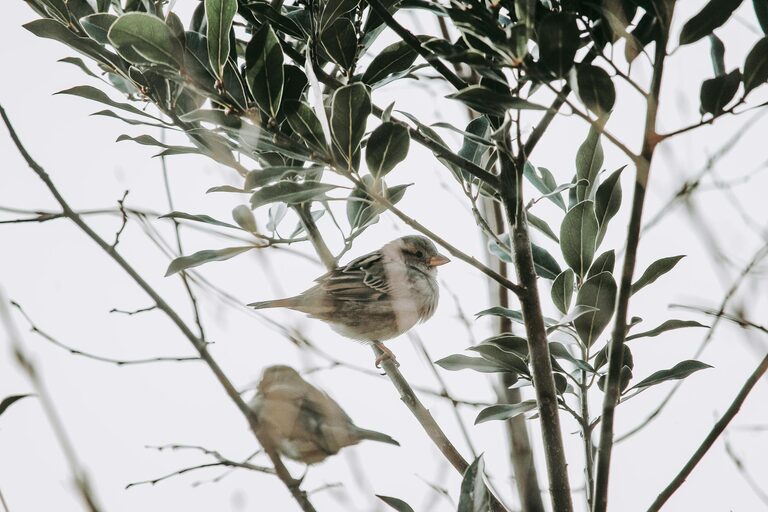
Beginner Tips for Backyard Birdwatching: A Simple Guide to Get Started
Birdwatching is a relaxing and rewarding hobby that allows you to connect with nature and learn about the fascinating world of birds. You don’t need to be an expert or have special equipment to get started—your backyard can be the perfect spot for birdwatching. This guide offers beginner-friendly tips to help you attract and observe birds right at home.
Why Start Backyard Birdwatching?
Birdwatching is enjoyable because it encourages mindfulness and patience. Observing birds helps reduce stress and brings a deeper appreciation for the natural world. Plus, it’s accessible to people of all ages and requires minimal investment.
Getting Started: What You Need
1. A Pair of Binoculars (Optional but Helpful)
While you can spot birds with the naked eye, binoculars enhance the experience by bringing feathered details into focus. Beginner binoculars are affordable and lightweight. Look for models labeled as 8×42, which offer a good balance of magnification and brightness.
2. A Field Guide or Birding App
Identifying the birds you see is part of the fun. Consider getting a local bird field guide or downloading a bird identification app on your phone. Many apps include photos, sounds, and range maps to help you learn.
3. A Notebook or Bird Journal
Recording your sightings, dates, and behaviors can deepen your engagement. Over time, this journal becomes a personal log of your birdwatching adventures and progress.
Setting Up Your Backyard for Birdwatching
1. Create a Bird-Friendly Environment
The more inviting your yard is for birds, the more likely you’ll get visits. Here are some simple ways to make your space bird-friendly:
– Plant native flowers and shrubs: These provide food and shelter naturally suited to local birds.
– Provide fresh water: A birdbath or shallow dish of water attracts birds for drinking and bathing. Keep the water clean and fresh.
– Offer shelter: Trees, bushes, and brush piles offer protection and nesting spots.
– Avoid pesticides: Chemicals can harm birds and reduce their food sources like insects.
2. Use Bird Feeders
Supplement your yard’s food sources by providing bird feeders. Different feeder types attract different species:
– Seed feeders: Great for attracting sparrows, finches, and chickadees.
– Suet feeders: Loved by woodpeckers and nuthatches.
– Nectar feeders: Ideal for hummingbirds if they’re common in your area.
Start with one or two feeders, placed in a quiet spot with nearby perches or shrubs. Ensure feeders are regularly cleaned to prevent disease.
Tips for Successful Birdwatching
1. Be Patient and Quiet
Birds are often cautious around people and loud noises. Move slowly and speak softly when observing. Sit or stand still near your feeders or favorite watching spots and wait for birds to approach.
2. Watch at Different Times of Day
Bird activity can vary depending on the time. Early mornings and late afternoons tend to be the best for spotting many species, as birds forage for food during these cooler hours.
3. Learn to Recognize Common Bird Calls
Bird songs and calls are a big part of birdwatching. Over time, you’ll begin to associate certain sounds with specific species, which helps you identify birds even when you can’t see them clearly.
4. Avoid Sudden Movements
Quick actions can startle birds. If you want to get closer, move slowly and calmly to avoid scaring them away.
Keeping a Birdwatching Journal
Recording your observations enhances your birdwatching experience. Note details such as:
– Bird species spotted
– Date and time
– Weather conditions
– Bird behaviors (feeding, singing, nesting)
– Location within your yard
This journal can help you notice patterns over seasons and keep track of new species you encounter.
Joining the Birdwatching Community
Getting involved with local birding groups or online forums is a great way to learn and share your experiences. You can swap tips, participate in bird counts, and discover the best local birdwatching spots.
Safety Tips for Backyard Birdwatching
While birdwatching is generally safe, keep a few things in mind:
– Be mindful of local wildlife beyond birds.
– If you use feeders, place them where you can easily clean and refill to avoid attracting pests.
– Use sunscreen and insect repellent when spending longer periods outdoors.
Final Thoughts
Backyard birdwatching is a wonderful way to cultivate curiosity and enjoy the outdoors. With minimal preparation, you can start spotting and identifying your feathered neighbors today. Remember, the key is to observe patiently, learn gradually, and appreciate the beauty of the birds visiting your yard.
Happy birdwatching!
